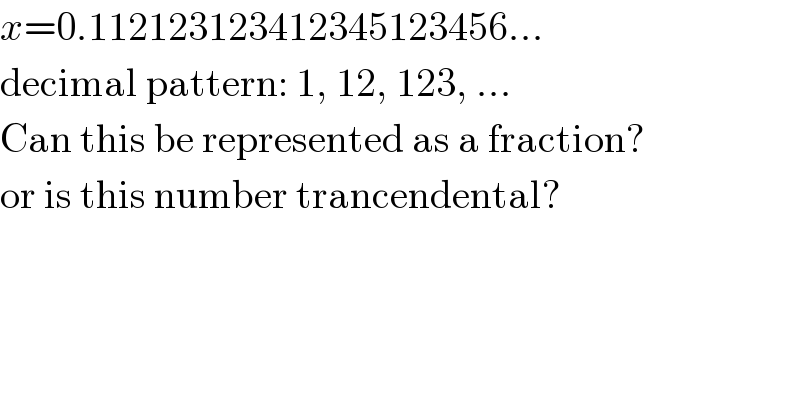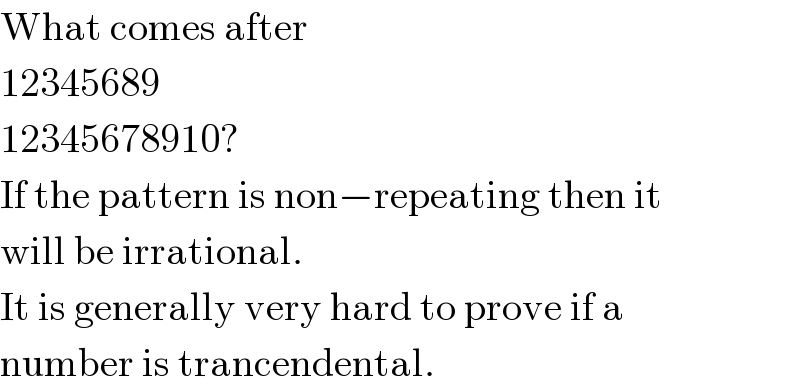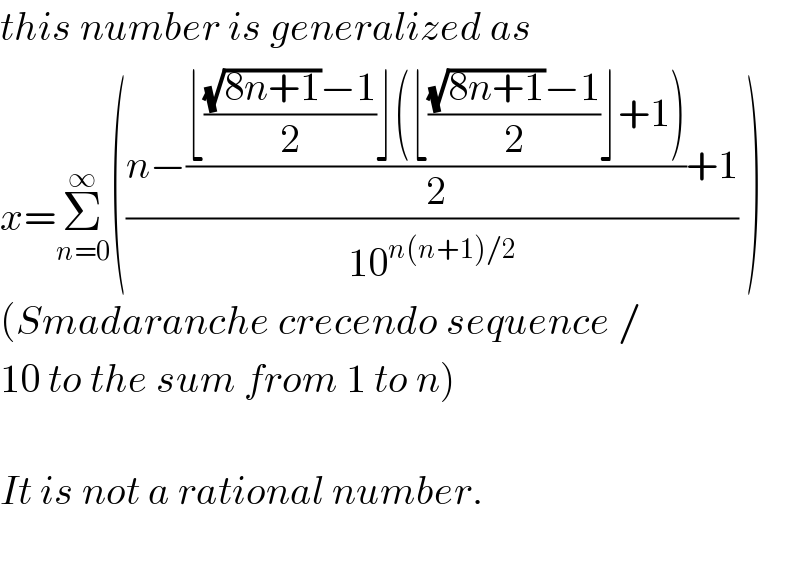
Question and Answers Forum
Question Number 6449 by Temp last updated on 27/Jun/16

Commented by prakash jain last updated on 28/Jun/16

Commented by prakash jain last updated on 27/Jun/16

Commented by Temp last updated on 28/Jun/16

Commented by nburiburu last updated on 28/Jun/16

Commented by prakash jain last updated on 28/Jun/16

